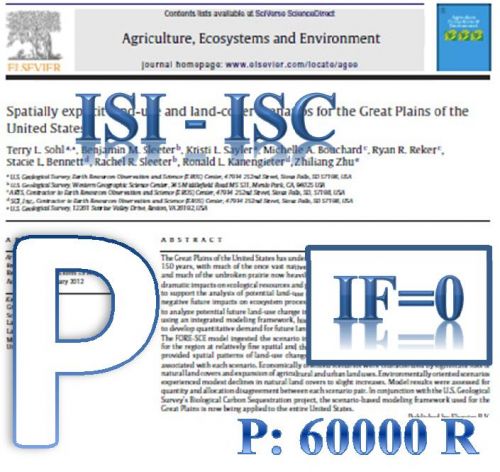More than 80 million tonnes of construction aggregate are produced in Peninsular Malaysia. Majority of construction aggregate are produced from granite. Developing regions of Johor Bahru, Kuala Lumpur, Penang and Selangar utilize granite aggregates. Normally it is considered aggregates as non-alkali reactive. Geological study can identify various rock types, geological structures, and reactive minerals which contribute to Alkali Silica Reaction (ASR). Deformed granites formed through faulting results in reduction of quartz grain size. Microcrystalline quartz and phyllosilicates are found in granites in contact with country rocks. Secondary reactive minerals such as chalcedony and opal may be found in granite. Alkali Silica reaction is slow chemical reaction in concrete due to reactive silica minerals in aggregates, alkalis in cement and moisture. For long term durable concrete, it is essential to identify potential alkali silica reactive aggregates. Lack of identifying reactive aggregates may result spalling, cracking in concrete and ultimately ASR can result in hazard to concrete structure. This paper deals with geological study of any aggregate quarry to identify rock type and geological structures with laboratory test –petrographic analysis and bar mortar test can identify type of aggregates being produced. Mine plan with Surpac software can be developed for systematic working for aggregate quarry to meet construction aggregate demand.
کلید واژگان :Alkali Silica Reaction (ASR); deformed granite; bar mortar test; petrographic analysis; geological study; mine plan
ارزش ریالی : 600000 ریال
با پرداخت الکترونیک
